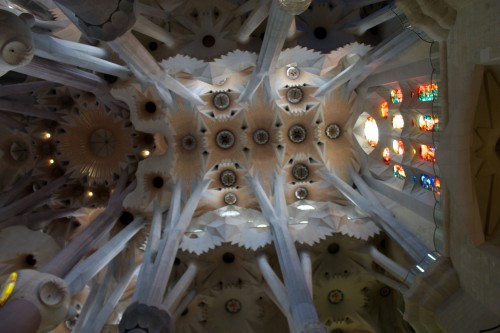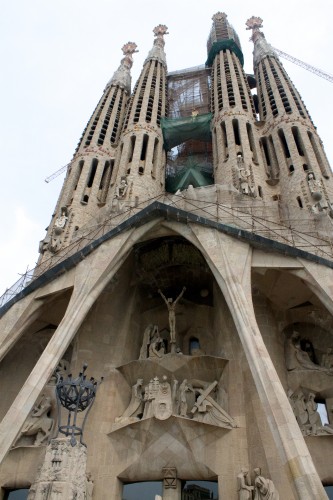
At home, we’ve become reliant on our vehicle navigation systems or smartphones to tell us how to get from one place to another. It is difficult when traveling abroad to give-up this luxury, especially in places like Europe, where many cities were planned before the advent of the automobile, and directions and addressing isn’t always intuitive. Paying for a data plan for smartphones is one solution, but it quickly becomes cost prohibitive. This last trip, however, we discovered a very elegant workaround: if we explored the areas we planned on visiting in the iOS maps application on our hotel wi-fi connection, when we later went out, that map data would be cached and available for our use. If there was a specific place we planned on going to, we would do a search right before, and “drop a pin” on the location. Even with cellular data off, the phone’s GPS and compass function, allowing you to see yourself as the “little blue dot” in relation to your destination. Continue reading




 Traveling within Europe via air can be very affordable, often even cheaper than train travel. On our recent trip to Spain and Portugal, we travelled between Lisbon and Barcelona on Vueling Airlines, Spain’s leading discount air carrier. Our basic fare was much cheaper on Vueling than other carriers, at €18 per person. Like all European discount carriers, the actual price we paid was significantly higher due to extra fees. After €4 per person to book our seats ahead of time, €12 per suitcase (x2), a €10 credit card fee and €44 in taxes, we ended-up paying €61 per person for the flight. Although it’s always difficult to stomach unadvertised fees, our total cost for the flight was far less than other options, and very affordable in comparison to flights of similar lengths in the United States.
Traveling within Europe via air can be very affordable, often even cheaper than train travel. On our recent trip to Spain and Portugal, we travelled between Lisbon and Barcelona on Vueling Airlines, Spain’s leading discount air carrier. Our basic fare was much cheaper on Vueling than other carriers, at €18 per person. Like all European discount carriers, the actual price we paid was significantly higher due to extra fees. After €4 per person to book our seats ahead of time, €12 per suitcase (x2), a €10 credit card fee and €44 in taxes, we ended-up paying €61 per person for the flight. Although it’s always difficult to stomach unadvertised fees, our total cost for the flight was far less than other options, and very affordable in comparison to flights of similar lengths in the United States.